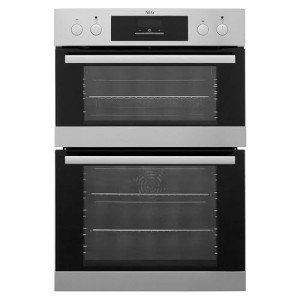Comprehending the Built-In Range: A Deep Dive Into One of the Most Versatile Programming Features
The built-in function range() is among the most typically used functions in programs, particularly in Python. Its simpleness and adaptability make it a necessary tool for developers, engineers, and data researchers alike. In this short article, we will explore the basic aspects of the built-in range function, its syntax, use cases, and some useful examples to assist you leverage its power in your coding ventures.
What is the Built-In Range?
In Python, the range() function produces a series of numbers. It is frequently used for iteration, particularly within loops, allowing programmers to carry out a block of code a particular variety of times without manually specifying each version.
Syntax of the Range Function
The range() function can take one, 2, or three arguments, and its standard syntax is as follows:
range( start, stop, action).
start: The beginning point of the sequence (inclusive). If omitted, it defaults to 0.
stop: The endpoint of the sequence (exclusive). This argument is needed.
step: The distinction between each number in the series. If omitted, it defaults to 1.
Examples of Using Range.
click the up coming article : Using range() in a basic for loop to print numbers from 0 to 4:.
for i in range( 5 ):.
print( i).
ovens integrated :.
0
1.
2.
3.
4.
Defining a Start and Stop: You can define both a starting point and an endpoint:.
for i in range( 2, 6):.
print( i).
Output:.
2.

3.
4.
5.
Using a Step Value: The step criterion allows you to control the increments:.
for i in range( 0, 10, 2):.
print( i).
Output:.
0
2.
4.
6.
8.
Counting Backwards: The step can also be negative, permitting counting down:.
for i in range( 5, 0, -1):.
print( i).
Output:.
5.
4.
3.
2.
1.
Practical Applications.
Repeating Over Lists: While using range() is typical in for loops, it can likewise be helpful for repeating over the indices of a list.
fruits = [' apple', 'banana', 'cherry'] for i in range( len( fruits)):.
print( f" i: fruits [i] ").
Output:.
0: apple.
1: banana.
2: cherry.
Creating Number Sequences: The function is useful for generating sequences of numbers, which you might need for algorithms or data control.
number_list = list( range( 10, 21)).
print( number_list).
Output:.
[10, 11, 12, 13, 14, 15, 16, 17, 18, 19, 20] List Comprehensions: range() works perfectly with list comprehensions for more condensed expressions.
squares = [x ** 2 for x in range( 5)] print( squares).
Output:.
[0, 1, 4, 9, 16] Conclusion.
The built-in range function is a fundamental feature in Python that supplies a simple way to generate sequences of numbers, which can be used for a range of programming jobs. Whether you are working on loops, producing lists, or executing algorithms, understanding how to use range() is crucial for efficient Python coding. As you continue to explore the language, you'll certainly find brand-new methods to take advantage of this effective tool, making your programming tasks more efficient and streamlined.
